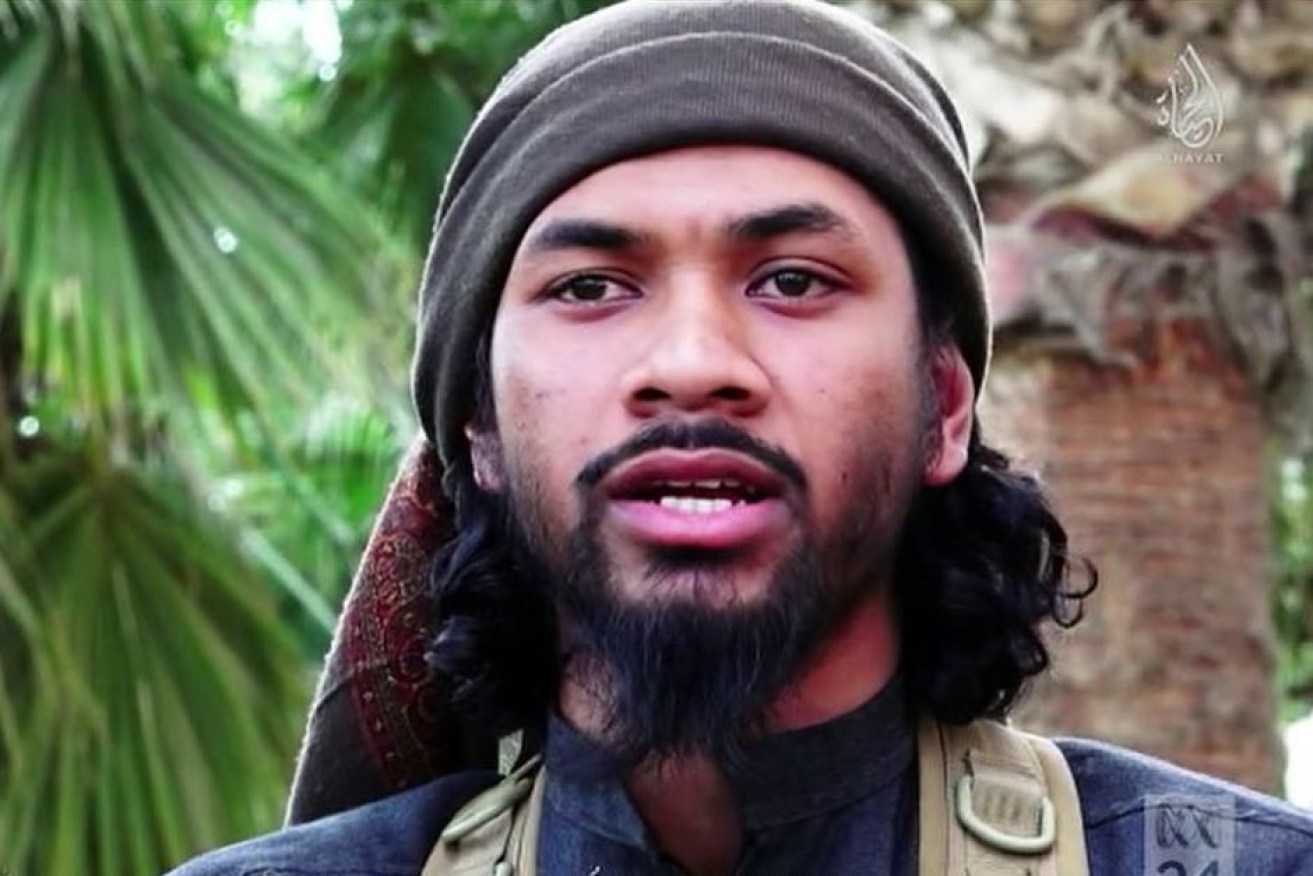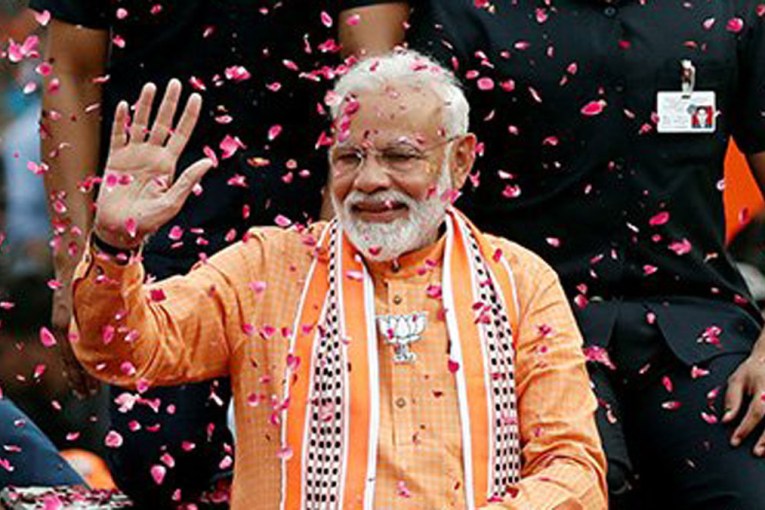Australian IS fighter Neil Prakash sorry for ‘all the trouble I caused’

Ms Bishop says Australia will continue to push for the Melbourne man to face charges in Australia. Photo: ABC
One of Australia’s most infamous members of the Islamic State group, Neil Prakash, has admitted in a Turkish court to being partly responsible for IS activity in Australia.
Prakash has been accused by the Federal Government of links to attack plans in Australia and appeared in IS propaganda urging terror attacks in Australia.
While the Australian Federal Police (AFP) has requested his extradition, he is on trial in Turkey where he was captured after crossing the border from Syria last year.
He admitted to making propaganda videos and, when asked if he was responsible for IS in Australia he replied: “I had something to do with [it], but I was not 100 per cent responsible.”
In a brief and halting hearing his comments were relayed to the judge via an interpreter who needed to ask for clarification. Prakash repeated: “What happened in Australia, I wasn’t 100 per cent responsible for.”
He continued, playing down his allegiance to the organisation which has become the most feared terror group in the world.
Who is Neil Prakash?
- Neil Prakash, 27, is of Fijian-Indian and Cambodian background, and attended Melbourne’s controversial Al-Furqan Islamic Centre after converting
- He is believed to have left for Syria in 2013, where he changed his name to Abu Khaled al-Cambodi and was put on a US kill list
- He was linked to several Australian-based attack plans and calls for lone-wolf attacks against the US
- Prakash has also appeared in IS propaganda
- Paul Maley, the national security editor of The Australian newspaper, said Prakash was “a lonely lost sort of a guy, he was a gang member, he had a problem with drugs, he was a failed hip hop artist”
He depicted himself as a young man who simply wanted to learn the ways of Islam, telling the court:
“When I went to IS, I was a new Muslim. I didn’t have any knowledge. So what they taught me, I trusted,” he said.
“When I learned to seek knowledge for myself and when I learned the truth I tried to leave.
“All I wanted to do was follow the real Islam and I thought they would [teach] me. And what they taught me was wrong and I am regretful for everything.
“I am sorry for the trouble I have caused.”
That picture, of a naive young man, misled by the fanatics of IS, is in contrast to the propaganda appearances that he acknowledged in court.
“In the video, they told me to call for attacks in Australia,” he said.
In the video he also praised “my dear brother Numan”, likely to be a young Australian, Numan Haider, who stabbed two counter-terrorism police officers before being shot dead.

Numan Haider was killed by police after stabbing two police officers in 2014. Photo: Supplied
When Prakash was first captured late last year, he pretended to be a Cambodian named Piseth Doung.
While the US military thought they had killed him in an airstrike in Mosul a few months earlier, he gave a statement to investigators saying he had deserted the IS ranks after he was wounded in a battle in northern Syria.
He claimed he had then refused to fight and was threatened with death by a commander in the group’s de facto capital, Raqqa.
But in the Kilis court house he depicted himself as a disillusioned deserter.
“They wanted to kill me,” he said, “because I went against what they believed”.
He said he could not reveal that until now because he feared for his life.
There are other inconsistencies between his initial statement to investigators and public accounts of how long he had been in Syria before making that infamous video.

Neil Prakash said he went to Syria via a radical group known as Ahrar al Sham. Photo: AAP
While he was reportedly in Syria in 2013, and it is understood his passport was cancelled on October 22, 2014, he told Turkish investigators he travelled to Malaysia where he obtained a fake passport before travelling on to Turkey, then Syria, in 2015.
Tight-lipped staff from the Australian embassy were on hand to witness the trial but would not make any comment about it or the consular assistance Prakash has received.
Australia has provided documents to the court but the judge said they had not been translated yet.
They include a copy of Prakash’s passport, which was cancelled in October 2014, and a warrant for his arrest from the AFP, who accuse Prakash of advocating terrorism and being a member of a terrorist organisation.
This trial is set to continue in November.
– ABC








